Since we’ve already taken a deep dive into the origins of the names of the Death Busters themselves, I figured it’s about time that we actually look at the Daimons in the anime took a look at the source for their names. Let’s take a look, shall we?
Much like the Droids of Sailor Moon R, the Daimons of the manga were much more generic enemies. If you want to get technical, the Witches 5 were actually Daimons themselves, differentiated from the generic ones which had been imperfectly merged with their respective hosts.
The anime – needing to fill out many more episodes than the manga – wasn’t able to use this generic approach and needed more Monsters of the Day, so they once again went to the drawing board to come up with unique characters to challenge the Sailor Team.
Since there are so many Daimons to work or way through, I’ll be breaking this up into three groups: those under Kaolinite, those under Eudial, and those under Mimete.
Without any further ado, let’s take a look at Kaolinite’s Daimons!
- Mikuuji: Her name comes from a little paper fortune called o-mikuji that you can receive from Japanese shrines.1 This definitely shows in her design, which is heavily influenced by Japanese shrine aesthetics. The intertwined red/white rope extending from the bells is known as a suzuo (鈴緒)2 and is used to ring a raised bell, which will awaken the gods.
- Also of note, her attack launches a lot of cards marked daikyou (大凶) – the worst fortune you can get.
- Nekon’neru: I feel like I’m missing out on something here, since her name seems to just be a play on neko (猫; cat)3 and neru (寝る; sleep),4 but I really can’t find anything deeper. One final note: according to an interview,5 her design was inspired by the yokai/monster known as bakeneko (化け猫; changed cat).6 Interestingly enough, this was the same inspiration behind the youma Bakene!
- Steering: One of those names that instantly makes sense to a native English speaker. She’s named steering… because she’s a car. And she’s holding a steering wheel. Next!
- Octave: At the risk of upsetting anyone who loves this Daimon, I have to say that her design is absolutely awful. The the name – based off of the musical term – is pretty uninspired.
- Ousooji: Her name comes from osoji, the annual Japanese practice of cleaning up the entire house before New Year’s9 – essentially equivalent to “Spring Cleaning” in the West.
- For anyone who was curious as to why she has a light-up sensor on her helmet, the Nakayoshi Media Book has a nice explanation for his in her character design. Apparently, there’s a “mite sensor” feature popular among Japanese vacuum manufacturers.10 It lights up to let you know when it’s pulled in a mite carcass or waste. Implying the Sailor Team are… waste??
- Daiheart: I have mixed feelings on this name. On the surface, it’s a pretty simple combination of dai (大; big)11 and heart (ハート).12 She’s a combination of a bunch of hearts, so… yeah. Gut instinct tells me that her name is also a play on “Die Hard,” which is pronounced nearly identically in Japanese as ダイ・ハード.
- Scar: Ouch, now this is a hard name to work with because of overlapping English words. As anyone who’s seen the episode can tell you, her design (and name) are based on a scarf. While I usually don’t advocate changing Japanese names, I feel like Scarffie or something would be better in localization.
- As an aside, the mask that she first appears in is based off of an old manga by Jouji Akiyama known as Derorin Man,13 which was carried in Shonen Jump from 1969-1970.
- Dobring: Her name is made up of two parts – dobu (溝/ドブ; channel)14 and rin (リン; ring). More often than not, though, dobu is used in the construct dobukawa (ドブ川; sewage channel /drainage ditch), which adds the important distinction that his name is definitely not flattering. The second part of her name, of course, refers to the float rings she wears.
- Tiren: Her name comes from – are you ready for it? – the word “tire,” with an ‘n’ thrown on the end for good measure. Neeeeeext!
- Todehn: She gets her name from the Tokyo Toden tram network located in Tokyo, a series of train lines operated by the Tokyo Metropolitan Bureau of Transportation.15 Pretty straight forward!
- As an aside, the black star mark was supposed to be on her hip/butt, but was deemed too erotic and had to be changed.16
- Highkyun: Hmm… this name has been an interesting challenge. I’m pretty sure the first part of her name, high, is in reference to the volleyball term known as a “high set.” The second part comes from kyun (きゅん)17 comes from a Japanese word meaning the tightening one feels in their chest with an upsurge of emotion, typically romantic in nature.
- Highkyun’s design was apparently based on Kawai Okada’s18 character, Yumi Asaoka, in the 1969-1970 television show Sign wa V (Her Sign is V). In it, she played a high school volleyball player.
- Cenicienta: The soldier design is a bit of an odd one for me, since her name is taken directly from the Spanish name for Cinderella.19 It does explain the glass shoe on top of her helmet.
And there you have it – the story behind the names for Kaolinite’s daimon! Next up, we’ll take a look at those working for Eudial, then finish up with Mimete and a few others that don’t fit under any easy categories.
As usual, please let me know in the comments if you have any questions!
References:
- See O-mikuji (Wikipedia) ↩
- See What Is a Suzu-no-O? ↩
- See 猫 (Jisho.org) ↩
- See 寝る (Jisho.org) ↩
- See Animage vol. 195 ↩
- See Bakeneko (Wikipedia) ↩
- See Animage vol. 195 ↩
- See Hibiya Kokaido ↩
- See New Years Customs in Japan ↩
- See Panasonic Vacuum Functions ↩
- See 大 (Jisho.org) ↩
- See ハート (Jisho.org) ↩
- See Derorin Man (Wikipedia) ↩
- See 溝 (Jisho.org) ↩
- See Tokyo Toden (Wikipedia). Randomly, I’ve lived next to one of these lines for 6 years, and have never ridden it! ↩
- See Animage vol. 195 ↩
- See きゅん (Jisho.org) ↩
- See Kawai Okada (Wikipedia) ↩
- See Cinderella (Translations) (Wikipedia) ↩
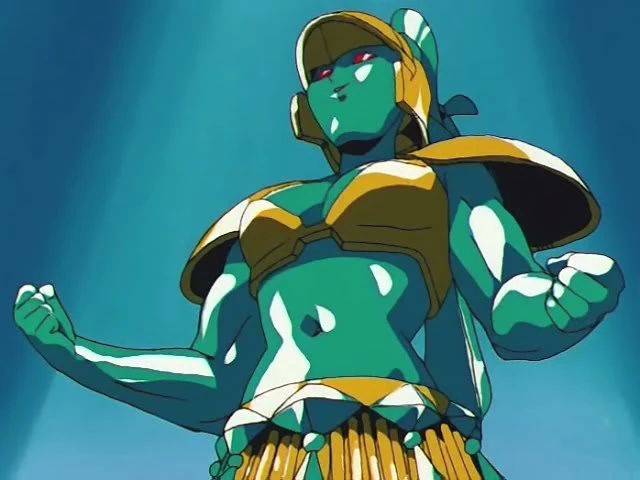
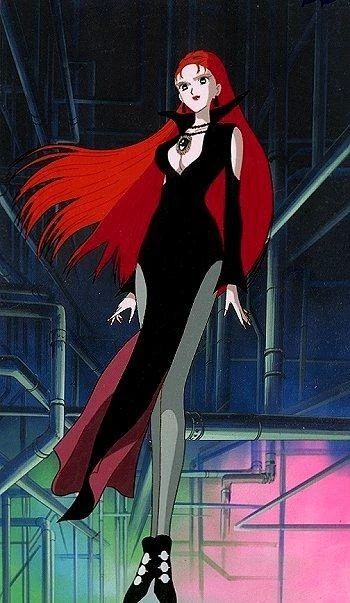
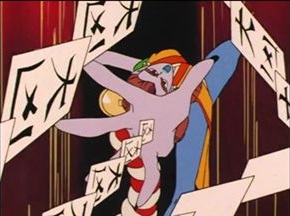
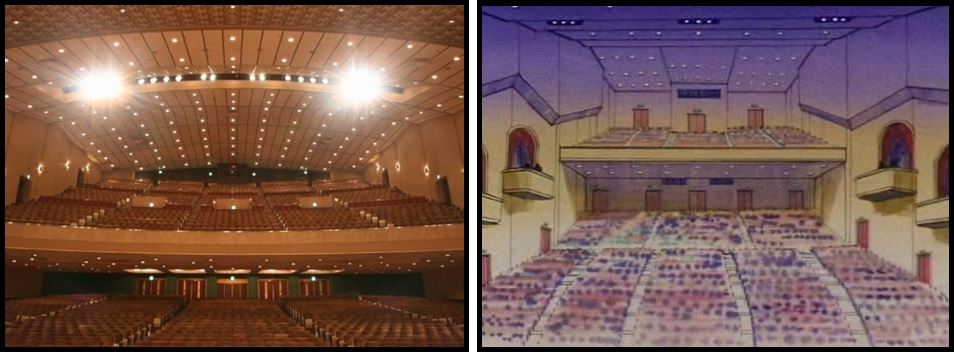
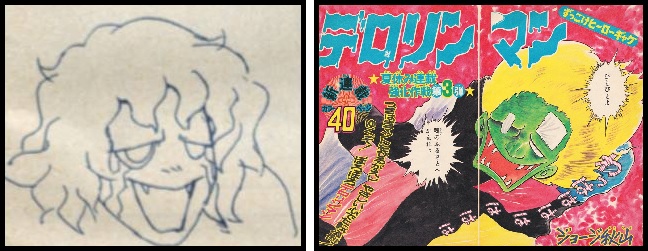
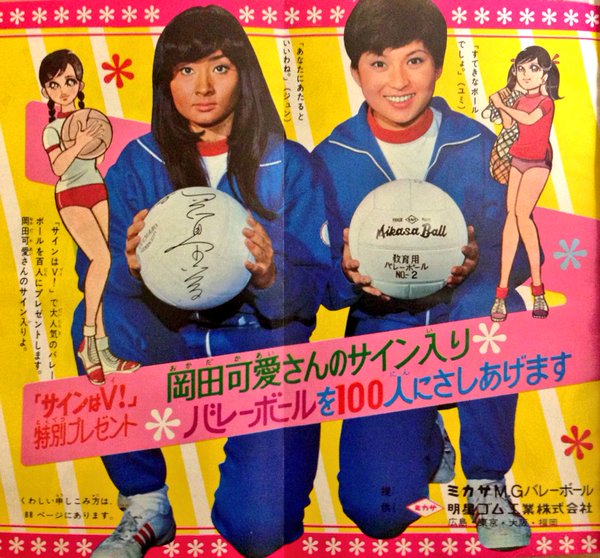

“As an aside, the black star mark was supposed to be on her hip/butt, but was deemed too erotic and had to be changed” LOL All of their stars were in obscene places, so I’m surprised this is the one that crossed the line. It makes Yuichirou’s blushing expression even funnier.
Cenicienta was supposed to reference a Roman Centurion I’m sure
Good catch!
There are another japanese term which refers volleyball, haikyū (排球), although not used frequently as barēbōru (バレーボール). I think that Highkyun’s name comes from haikyū.
Good catch!
One way I like to think of Highkyun as a volleyball daimon is the similarity in her name and the well-known volleyball anime, Haikyuu! I played volleyball some time ago but it came to the point where everything was all the same and bland, so I stopped playing. Also I love your work!
We are missing Doorknobder from this list!
My bad- just realized i mixed up kaolinite w eudial.